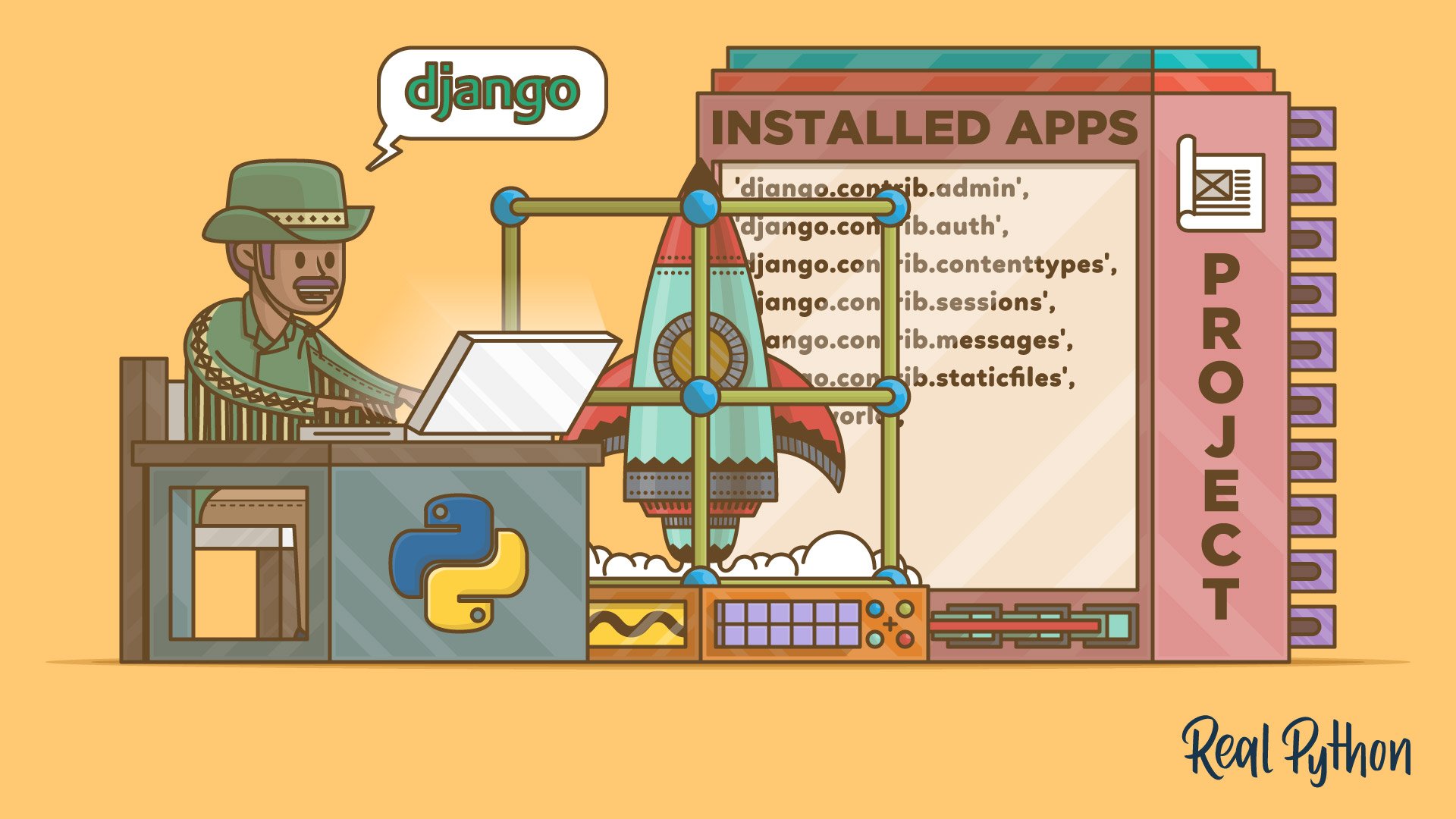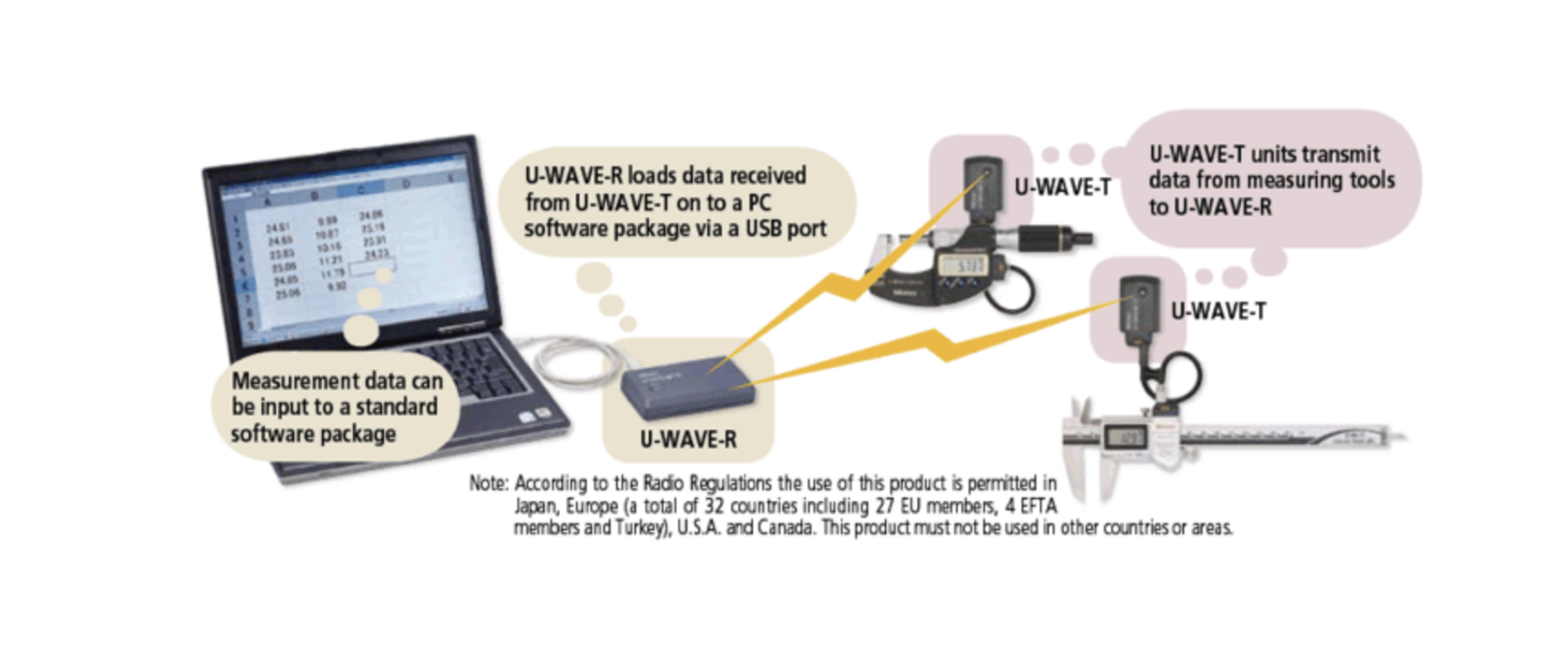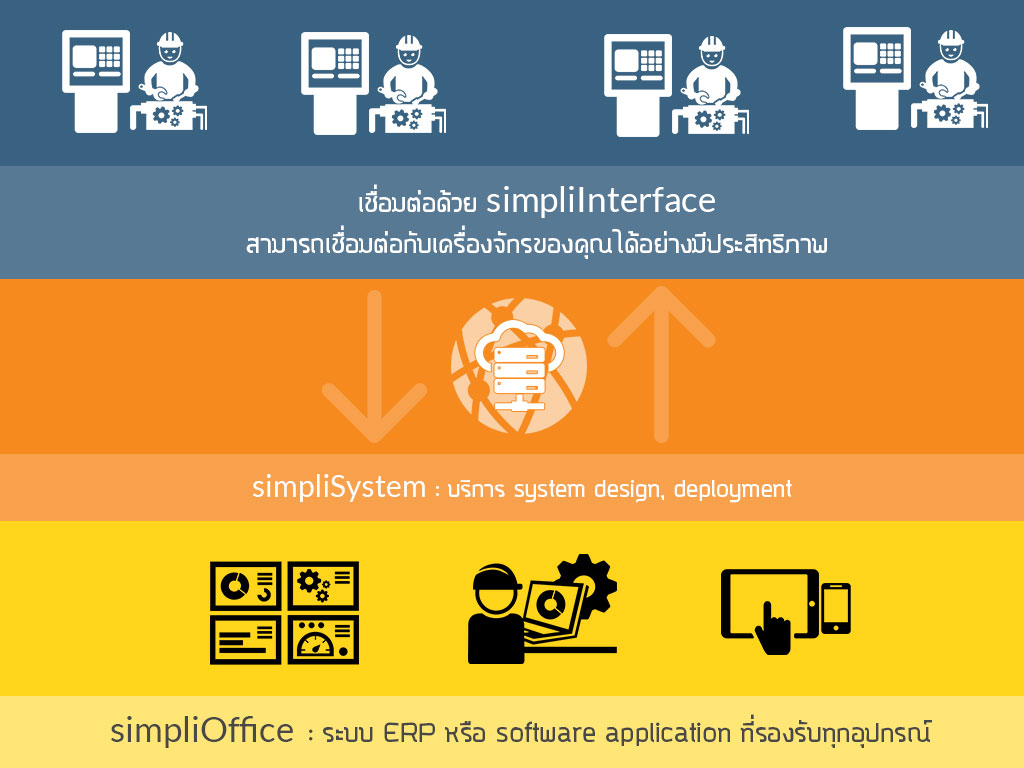Design Patterns That Help Tame Legacy Code (With Python Examples)
Working with legacy code can feel like walking through a minefield. You know something might break, but you’re not sure when—or why. The good news is that design patterns can help.
In this post, I’ll share a few key design patterns that make working with legacy systems safer, cleaner, and more maintainable—using Python code examples.
🧩 1. The Adapter Pattern
Problem: Legacy code doesn't match the interface your modern code expects.
Solution: Wrap the old code in a new interface.
Example:
Let’s say you have a legacy payment gateway:
# legacy_system.py
class LegacyPaymentProcessor:
def make_payment(self, amount):
print(f"[Legacy] Processing payment of ${amount}")Now, you want to use a modern interface:
# adapter.py
class PaymentInterface:
def pay(self, amount):
raise NotImplementedError
class LegacyAdapter(PaymentInterface):
def __init__(self, legacy_processor):
self.legacy_processor = legacy_processor
def pay(self, amount):
return self.legacy_processor.make_payment(amount)Usage:
from legacy_system import LegacyPaymentProcessor
from adapter import LegacyAdapter
adapter = LegacyAdapter(LegacyPaymentProcessor())
adapter.pay(100)✅ You can now use LegacyPaymentProcessor anywhere PaymentInterface is expected.
🏗️ 2. The Facade Pattern
Problem: Legacy subsystems are complex and hard to use.
Solution: Provide a simplified interface to a larger body of code.
Example:
# legacy_subsystem.py
class LegacyAuth:
def check_user(self, username, password):
return username == "admin" and password == "1234"
class LegacyLogger:
def log(self, msg):
print(f"[LOG]: {msg}")Facade:
class AuthFacade:
def __init__(self):
self.auth = LegacyAuth()
self.logger = LegacyLogger()
def login(self, username, password):
if self.auth.check_user(username, password):
self.logger.log(f"{username} logged in.")
return True
self.logger.log("Invalid login attempt.")
return False✅ Consumers don’t need to deal with the legacy details.
🧪 3. The Decorator Pattern
Problem: You want to add features without changing legacy code.
Solution: Wrap the legacy object to extend behavior dynamically.
Example:
class LegacyReporter:
def report(self):
print("Generating basic report...")
class TimestampedReporter:
def __init__(self, wrapped):
self.wrapped = wrapped
def report(self):
from datetime import datetime
print(f"Report generated at: {datetime.now()}")
self.wrapped.report()Usage:
reporter = TimestampedReporter(LegacyReporter())
reporter.report()✅ Legacy functionality extended without touching the original class.
🧰 4. The Strategy Pattern
Problem: You want to change algorithms used by legacy code without modifying it.
Solution: Inject behavior at runtime.
Example:
class LegacySorter:
def sort(self, data):
return sorted(data) # default
# New strategy
class ReverseSortStrategy:
def sort(self, data):
return sorted(data, reverse=True)
# Updated to accept strategy
class SorterContext:
def __init__(self, strategy):
self.strategy = strategy
def sort(self, data):
return self.strategy.sort(data)Usage:
sorter = SorterContext(ReverseSortStrategy())
print(sorter.sort([5, 1, 4, 2]))✅ Clean separation of algorithms for flexible extension.
🚦 5. The Proxy Pattern
Problem: You need to add access control, caching, or logging to legacy classes.
Solution: Create a stand-in object that controls access to the real one.
Example:
class LegacyDatabase:
def query(self, sql):
print(f"Executing SQL: {sql}")
return f"Results for: {sql}"
class LoggingProxy:
def __init__(self, db):
self.db = db
def query(self, sql):
print(f"[LOG] About to query: {sql}")
return self.db.query(sql)✅ Seamless control over legacy components.
✨ Wrapping Up
Design patterns are not just academic tools—they’re powerful allies when refactoring or integrating legacy code. With Python’s dynamic capabilities, implementing these patterns becomes even more fluid and expressive.
When working with legacy systems, remember:
- Wrap, don’t rewrite (yet).
- Isolate risky code behind interfaces.
- Test as you refactor.
- Make your intentions clear with patterns.
Get in Touch with us
Related Posts
- Temporal × 本地大模型 × Robot Framework 面向中国企业的可靠业务自动化架构实践
- Building Reliable Office Automation with Temporal, Local LLMs, and Robot Framework
- RPA + AI: 为什么没有“智能”的自动化一定失败, 而没有“治理”的智能同样不可落地
- RPA + AI: Why Automation Fails Without Intelligence — and Intelligence Fails Without Control
- Simulating Border Conflict and Proxy War
- 先解决“检索与访问”问题 重塑高校图书馆战略价值的最快路径
- Fix Discovery & Access First: The Fastest Way to Restore the University Library’s Strategic Value
- 我们正在开发一个连接工厂与再生资源企业的废料交易平台
- We’re Building a Better Way for Factories and Recyclers to Trade Scrap
- 如何使用 Python 开发 MES(制造执行系统) —— 面向中国制造企业的实用指南
- How to Develop a Manufacturing Execution System (MES) with Python
- MES、ERP 与 SCADA 的区别与边界 —— 制造业系统角色与连接关系详解
- MES vs ERP vs SCADA: Roles and Boundaries Explained
- 为什么学习软件开发如此“痛苦” ——以及真正有效的解决方法
- Why Learning Software Development Feels So Painful — and How to Fix It
- 企业最终会选择哪种 AI:GPT 风格,还是 Gemini 风格?
- What Enterprises Will Choose: GPT-Style AI or Gemini-Style AI?
- GPT-5.2 在哪些真实业务场景中明显优于 GPT-5.1
- Top Real-World Use Cases Where GPT-5.2 Shines Over GPT-5.1
- ChatGPT 5.2 与 5.1 的区别 —— 用通俗类比来理解














